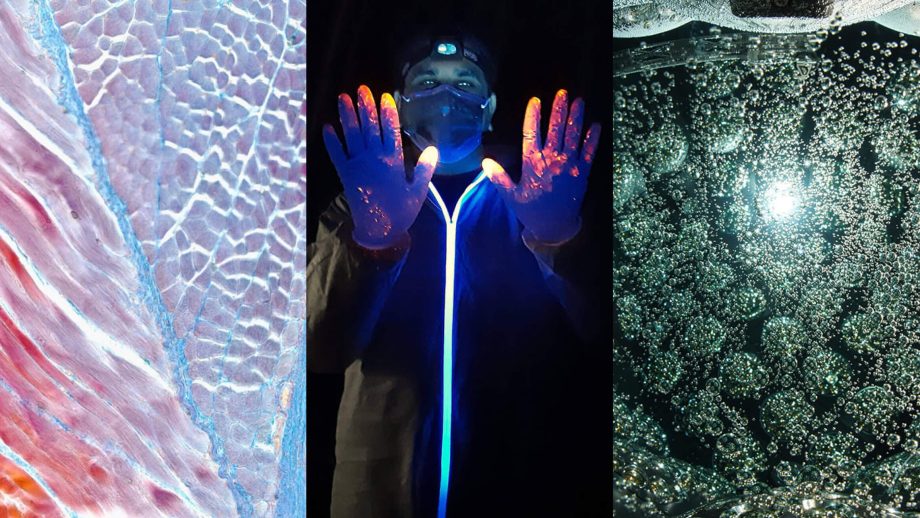WINNIPEG, MB – A new scientific article published today, co-authored by a University of Winnipeg researcher, contains news relevant to the health of Canada’s freshwaters. Manitobans love their lakes and are keenly aware of the impact of algal blooms. The new study investigates why and how the blooms exist. Lead author, Dr. Diane Orihel, is an assistant professor at Queen’s University and has been a visiting scholar at UWinnipeg. Canada’s inland waters are important ecosystems that are a source of drinking water, recreation, spirituality, and revenue as well as being critical habitats to an impressive diversity of aquatic life.
In this paper, scientists investigated an important, but poorly understood, process in Canada’s aquatic ecosystems: the recycling of phosphorus, between sediment at the bottom of lakes and the overlying water. This process contributes to the formation of the harmful algal blooms that plague many ponds, lakes, reservoirs, and wetlands across the country. Across the country tens or even hundreds of millions of dollars are invested every year in helping to manage nutrients – but in some lakes – legacy effects from nutrients recycled from sediments can linger and delay recovery from pollution. The primary impetus for this study was to understand where, when, and why this process occurs in Canadian freshwaters — knowledge that is critical for effectively managing algal blooms in polluted water bodies in this country and developing realistic goals for remediation.
Dr. Nora Casson, assistant professor in the Department of Geography at UWinnipeg, and a co-author on the study, points out that the two lakes in Manitoba included in the study, Killarney Lake and Lake Winnipeg, are among the very highest rates of phosphorus recycling.
“This study has important implications for how we manage freshwaters in Manitoba,” said Dr. Casson, “Our lakes are among the most vulnerable in the country, and these findings suggest that by failing to control nutrient pollution today, we are contributing to water quality problems and algal blooms for years to come.”
By critically reviewing data from 70 water bodies, the authors found that phosphorus release from sediments was a common phenomenon in Canadian freshwaters, but that rates of this process varied dramatically among water bodies. The highest rates were found in small prairie lakes in Manitoba, Saskatchewan, and Alberta, while the lowest rates were found in boreal shield lakes. They also identified the main reasons for why this process differs among lakes, as well as the key priorities for future research.
The journal article, “Internal phosphorus loading in Canadian freshwaters: a critical review and data analysis” by Diane Orihel, Helen Baulch, Nora Casson, Rebecca North, Chris Parsons, Dalila Seckar, and Jason Venkiteswaran, was published online today in the Canadian Journal of Fisheries and Aquatic Sciences. This article was selected by the journal as one of the “Editor’s Choice” papers for 2017.
– 30 –
MEDIA CONTACT
Diane Poulin, Senior Communications Specialist, The University of Winnipeg
P: 204.988.7135, E: d.poulin@uwinnipeg.ca





